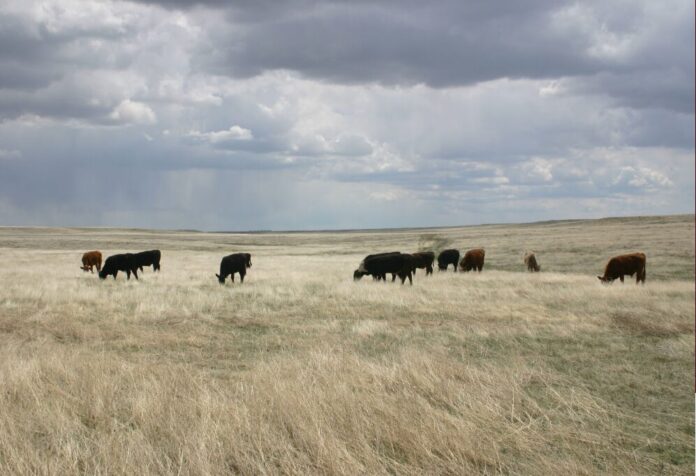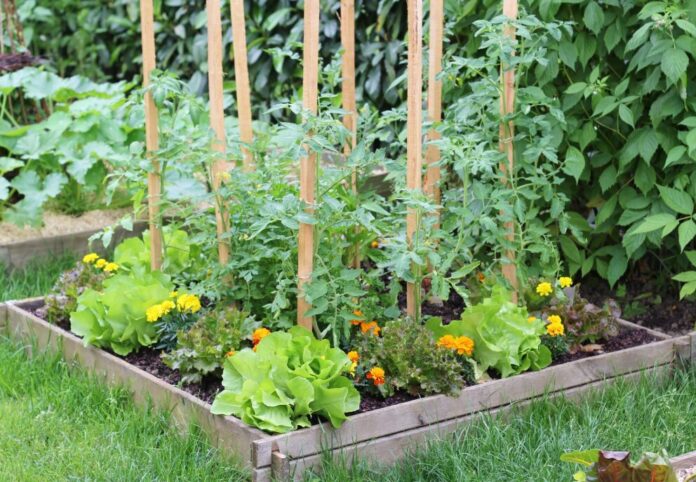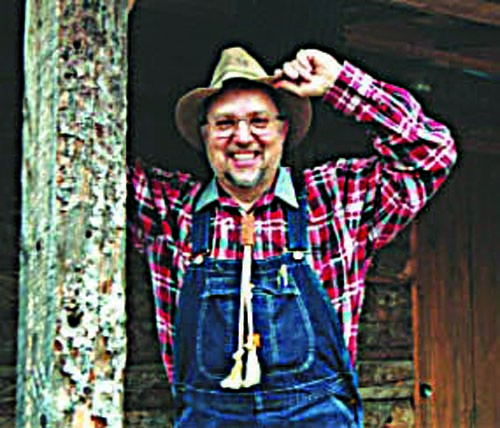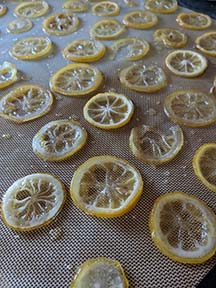What an outstanding weekend! I saw folks I haven’t seen for years in Northeast Missouri. We told stories, enjoyed great food, had perfect weather, what more could you ask?
My speaking engagement back in Lewistown went well and everyone was so very helpful. I do hope some of the gals in attendance read this column because I aimed to give an additional tip for my recipe, and totally forgot!
I wrote a new recipe to debut for the women’s event, at the Methodist church. It’s actually the first sweet n’ sour dish I’ve written down. What I hope folks will try it #1, but also use it as a base for preparing their own creative sweet and sour dishes. What I ‘totally’ forgot to mention on Saturday, was the addition of grated fresh ginger! How much, again like the addition of the vinegar in this recipe you are going to want to use what pleases your palate. I would probably grate some into the meatballs and into the sauce. In the meatballs I would add about a thumb’s worth of fresh ginger. After you cook the meatballs see what you think. I have a feeling you could probably put the thumb’s worth in the meatballs and a good tablespoon in the sauce. (You will need a zester/microplaner for this.)
For serving purposes I like to use Basmati rice under the sweet and sour. Lots of different rice, like long grain will work. The reason for Basmati is because it’s not as starchy as long grain or medium grain. Don’t forget to rinse the rice before cooking. One time at client came back to a food pantry to tell them how horrible the rice turned out, which they had received from the pantry. When the individual was told to wash the rice before cooking it, she truly did, with dawn! Perhaps we should be sure to say: ‘Rinse the rice.’ This way something like this never happens again, even though it certainly is good for a chuckle or two.
After the event concluded on Saturday, I went out to see Dad again at the care center. We began to talk about the good ole’ days in the park, when we would have ice cream socials. All the churches in town brought pies or cakes and then a certain number of people were charged with making homemade ice cream. I can see those freezers all lined up on a table with rugs wrapped around them holding the ice around the freezers. But the part I remember most were the strings of yellow watt bulbs strung high above the tables. It looked like a portrait of what rural life was all about. I wonder if I could get enough Lewistown friends to pull this off again? Hm…certainly sounds worth trying in my book. Maybe we could even get an ice cream sponsor?
After the event on Saturday, I stated I would return to Lewistown this summer for a ‘canning’ class. I’m already planning! I get all excited just thinking about it. Give me a couple of weeks and I’ll have a plan of attack ready to roll. Many many thanks to my hometown of Lewistown, MO, along with friends from Ewing, LaBelle, Monticello and other surrounding towns. You folks made my day!
I’ve got another cookie recipe I’m working on, we’ll see if it’s ready to debut next week or not. Until then, enjoy each day, and keep smiling, it certainly makes folks wonder, doesn’t it. Simply yours, The Covered Dish.
Sweet n’ Sour Meatballs & Sauce
2 pounds of pork sausage, ‘hot’, (Can’t tell it’s hot in meatballs)
2 pounds Boston Burger, 60/40 beef pork blend
3 (4-5 inch) sleeves Ritz crackers or approx.1 1/3 cups
2 Eggs
1 can (20 oz.) crushed pineapple, drain & save juice, drain extremely well
1 1/2 cups mini sweet peppers (8)
1-1/2 cups finely chopped sweet onion
1 tablespoon Teri Yaki Sauce
1 teaspoon dry mustard
1 teaspoon black pepper
1/2 cup milk or half and half
*Optional, grated fresh ginger (see notes above)
No salt used due to crackers and Teri Yaki Sauce.
Measure Meatballs by 2 tablespoon scoops. Which should yield around 75 meatballs. Bake at 350 degrees on a parchment or foil covered jelly roll pan. Approximately 20-23 minutes.
Vegetable Blend
Olive oil, approx. 3-4 tablespoons
1 very large onion, cut into chunks
1 green, red & yellow pepper, cut into chunks
Drained chunk pineapple, (20 oz.) juice reserved
Sweet n Sour Sauce
All reserved pineapple juice from crushed & chunked pineapple
Should equal 2 1/2 cups.
1 3/4 cups low sugar additional pineapple juice
1 tablespoon brown sugar
1/2 teaspoon black pepper
1/2 – 1 teaspoon Slap your Mama Cajun spice, can use your choice
1 tablespoon Teri Yaki Sauce
2 1/2-4 tablespoons cider vinegar
4 tablespoons cornstarch and 1/2 cup cold water, whisk smooth
*Optional, grated fresh ginger (see notes in column)
In a large skillet place olive oil over medium heat. Sauté the onion and peppers, when just about done add the chunk pineapple. Pour in all juices mixing in everything except the cornstarch and water. Heat until it’s not quite to a boil, thicken with the cornstarch slurry. Serve meatballs and sauce over white rice, I like to use Basmati, or regular long grain, rinse well before cooking.
For a family of 4 you should have enough meatballs for 4, yes, I said 4 meals! On the sauce I prefer it’s made solely with pineapple juice. First time I used partial orange, and preferred all pineapple. On the meat mixture you could also use ground ham instead of sausage, great way to use up holiday hams!
We accompanied the dish with a small side salad.
TIPS & SHORTCUTS
When you are thickening a sauce or gravy you will use 1 of 2 approaches:
Dry Slurry: When you work a thickening agent into drippings in a skillet or
cut butter into a dry product.
Wet Slurry: When you work thickening agent into something like water or milk before thickening a sauce, etc.
Rice: Usually; I recommend rinsing most rice before it is used. Basmati is one of my favs, but you could also use Jasmine or regular long grain rice. Rinsing removes extra starches so the rice isn’t as sticky. If you use Basmati, make sure it is from India, not the US. There is a huge difference in the two. Any time you stir rice be sure and use the handle of a spoon or perhaps a chop stick. Unless it’s a dire emergency stir clear of instant, I refer to it as ‘emergency’ only.
For sampling purposes I’ve used tidbit pineapple, and small pieces of pepper and onion that can easily be ladled over the meatballs.
Make all meatballs ahead of time and freeze. OR reheat already cooked meatballs in a steamer. Cut and dice all vegetables, draining juices, etc. ahead of time. This will make the cooking process a great deal quicker, especially for Sundays after church!
Vinegar application for sweet & sour: Most of the time people will use good ole’ cider vinegar, but that doesn’t mean you cannot change it! Also; the amount of tartness to the dish is up to the cook, so start with the 2 1/2 tablespoons and then you can add. Most times I do not go past 4 tablespoons.
But I want a red sweet and sour, OK, the usual fix is to use ketchup for the coloring. So far, I do only the color of the fruit I’m using, I would start with a couple of tablespoons and build from there, sampling as you go.











